Indoor violet is a popular name. In botanical guides, the flower is known as Saintpaulia and it is not representative of the Violet family. Where this popular indoor plant came from, why it is called Violet and where its homeland is, is known not to everyone, even very experienced gardeners.
Content
General plant features
Saintpaulia, or Uzambara violet, is a herbaceous plant belonging to the Gesneriaceae family. The flower is a stunted evergreen perennial.
Saintpaulia is characterized by a low stem with a lush rosette of leaves in the basal zone. The sheet plates are leathery and have an edge. They resemble hearts in shape. Often the shape of the sheet is unequal. The tip of the plate may be pointed or round.
The color of the leaves can be represented by juicy shades of green or consist of 2 colors. According to the color of the leaf plates, the violet is differentiated by gender. The male base of the sheet is clean, the female - with a bright spot.
The decorative value of the plant lies in its flowers. The basket consists of 5 petals and 2 stamens. It is located on a five-leaf cup. Flowers are harvested by racemose inflorescences. Depending on the species, they can have a simple or terry shape, asymmetrical petals, various edges. The color of the petals can be monophonic or combine several colors. Color shades are varied. The diameter of the flower ranges from 2 to 4 cm.
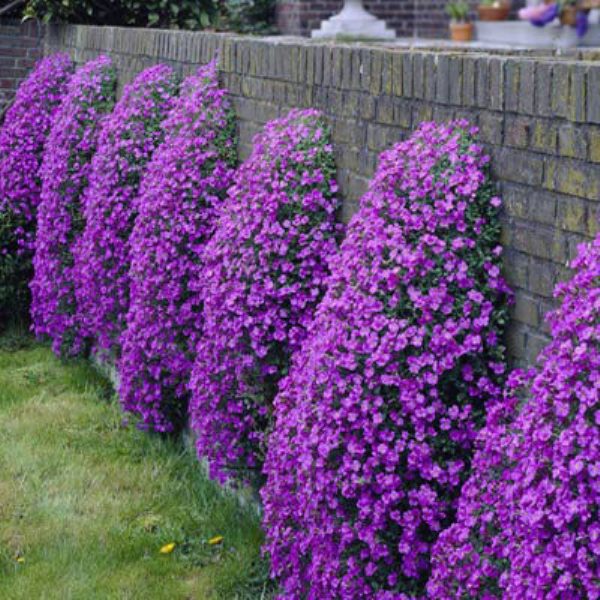 You may be interested in:
You may be interested in:Homeland, history and description of the types of violets
The birthplace of the flower is East Africa, more precisely, its mountainous terrain. Most species are common in Tanzania. Especially a lot of violets grows in the Usambara mountains. Some plant species are found in Kenya, which also applies to countries in East Africa.
The flower was discovered in the XIX century by the German baron Saint-Paul. The discovery took place in the Uzambara district, which at that time was considered a colony of Germany. Today, this territory belongs to the state of Tanzania.
During the walk, the baron drew attention to an unknown flowering plant. The father of the discoverer was a famous dendrologist. He, in turn, transferred the seeds received from his son to the botanist Wendland. In 1893, a botanist described a plant grown from African seeds. He named the flower Saintpaulia Violet-flowered.
The first word is a derivative of the surname of the discoverer, Baron Saint-Paul. The second word in the name of the flower received for its striking resemblance to the representatives of the genus Violet family of Violet. The plant was isolated in a separate genus of clear-flowered dicotyledonous plants and was included in the Gesnerieva family.
In the same year, the plant was presented at the international flower exhibition in Ghent. The right to cultivate on an industrial scale was immediately bought by the famous German company Benari.
After 30 years, the Senpolis conquered the United States as indoor flowers. At the turn of the XIX and XX centuries, more than 100 varieties of this culture were known. To date, this figure is over 32,000.
Due to the huge number of hybrids, classification of Saintpaulia is very difficult. Most gardeners use the American version of the classification. This model is an ordered classification system consisting of the following items:
- Outlet size.
- Type of leaf.
- The color of the leaves.
- Type of flower.
- The color of the petals.
According to the size of the leaf rosette, the following types of senpolia are distinguished:
| Title | Brief designation | Maximum diameter cm |
|---|---|---|
| Micromini | mM | 6 |
| Mini | M | 10-15 |
| Halfmini (Midi) | Sm | 15-20 |
| Standard | S | 20-40 |
| Large standard | L | 40-60 |
Classification by type of leaves is carried out according to the following parameters:
| Type of | Description |
|---|---|
| Plate shape | Oval |
| Round | |
| Kidney-shaped | |
| Elongated oval | |
| Elongated heart-shaped | |
| Edge Features | Whole extreme |
| Corrugated | |
| Wavy | |
| Serrated | |
| Surface type | Smooth |
| Quilted | |
| Edge | Slightly pubescent |
| Heavily pubescent |
According to the color of the leaves, violets are divided into plain and variegated species. The color of the sheet plates can have the following shades:
| Piece of sheet | Color |
|---|---|
| Front part | Shades of green |
| Brown | |
| Blackening | |
| Olive | |
| Gray green | |
| Green with white splashes | |
| Light green with pink splashes | |
| Wrong part | Light green |
| Pinkish | |
| Whitish | |
| Dark purple | |
| Purple with purple spots | |
| Green with purple spots |
Classification by type of flower provides for the determination of the species according to the following parameters:
- flower shape;
- degree of terryness;
- features of the edge of the petal.
There are such forms of flower of Saintpoly:
- Classical
- Annie (Pansies).
- The classic star.
- Rounded star.
- Bell.
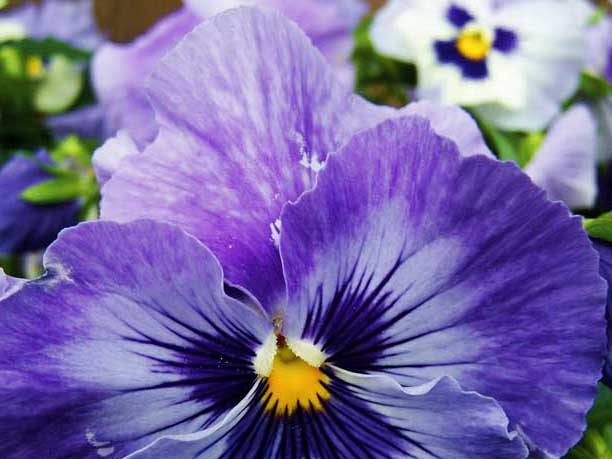
According to the degree of terry, these types are distinguished:
- Wasp.
- Plain.
- Pectinate.
- Semidouble.
- Terry.
The edges of the petals of Saintpoly flowers are as follows:
- Cloves.
- Wavy.
- Sinuate.
- Fringed.
- Two-tone.
Most often, flowers of this genus are differentiated by the color of the petals. According to this classification, the senpolis are divided into the following types:
| Color type | Solid | – |
|---|---|---|
| Two-ton (two shades of the same color) | Fantasy (nettle, rays, spots) | |
| Edging (border) | ||
| Bicolor | Fantasy | |
| Edging | ||
| Finger | ||
| Multicolor | Fantasy | |
| Edging |
The color scheme of color has special designations:
- In - blue, blue color;
- P - bright or dark shade of pink;
- O - pale shades of pink and lilac, orchid, lavender;
- R - red color, red-brown, scarlet, plum, cherry shade;
- V - purple, purple hue;
- W - white color, cream shade, ivory;
- X - two-tone, two-ton color;
- C - multicolor (more than two colors or shades);
- Y is white with yellow.
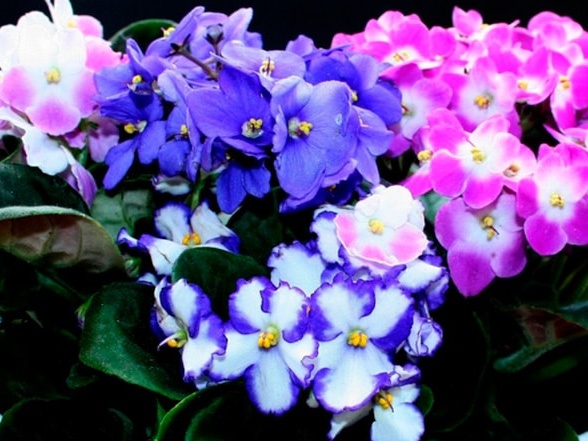
This classification system does not cover ampelous species. They are placed in a separate category. Ampelic indoor violets are distinguished by a long stem, which can reach half a meter. Unlike other senpolia species, the stems of ampelous varieties contain many growth points and are prone to branching.
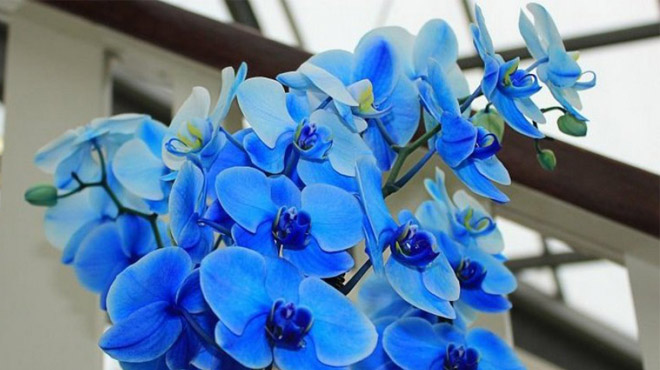 You may be interested in:
You may be interested in:In nature, there are only 3 types of this culture:
- Saintpaulia Velvet;
- Saintpoly Grote;
- Saintpaulia Violet-flowered (Violet-flowered).
All other thousands of hybrids are the result of selection works.
Creating natural conditions for growing
Under natural conditions, the flower grows in the highlands of Africa. To create violet conditions as close to natural as possible, the following recommendations should be made:
| Type of | Description |
|---|---|
| Lighting | Daylight hours from 12 to 14 hours. Bright, diffused light. |
| Temperature | +18 - + 24 ℃. Sudden temperature spikes are undesirable. |
| Air humidity | Normal for living quarters. |
| Watering | 2 times a week by lower watering (through a tray). |
| Fertilizer | 3 times a month with mineral fertilizers for flowering indoor plants. Use half of the indicated dosage. |
| Rest period | Short. Cancellation of complementary foods, reduced watering and temperature reduction (maximum limit +15 15). |
| Flowering period | Feeding 3 times a month with mineral fertilizers for flowering indoor plants according to the dosage indicated in the instructions. Watering every other day. |
| Transfer | Annually. It is advisable to transplant the flower in March by transshipment. |
| Pruning | Timely cleaning of the bush from wilted flowers and leaves. Maintaining a three-tier sheet form. |
| The soil | Sod land, leaf land, sand, humus (0.5: 2: 1: 1). It is advisable to add a little moss-sphagnum. The drainage layer occupies 1/3 of the pot. |
| Pot | Small, made of plastic. Availability of drainage and drain pan. The diameter of the neck should correspond to 1/3 of the diameter of the rosette of the leaves. |
| Hygiene | Mandatory removal of dust from sheet plates with a warm shower under running water. |
| Location | North, northwest, northeast side. |
Violet can be affected by fusarium, powdery mildew, rust, gray rot and late blight. It is also a tidbit for pests: spider mites, scale insects, aphids, thrips, nematodes, worms, whiteflies, wood lice, flies, mosquitoes.
Common Growing Questions
Indoor violet is very popular among gardeners. The plant was discovered in East Africa, and thanks to the active work of breeders today, this culture boasts the broadest species diversity, covering a huge palette of shades of many colors.
 You may be interested in:
You may be interested in:

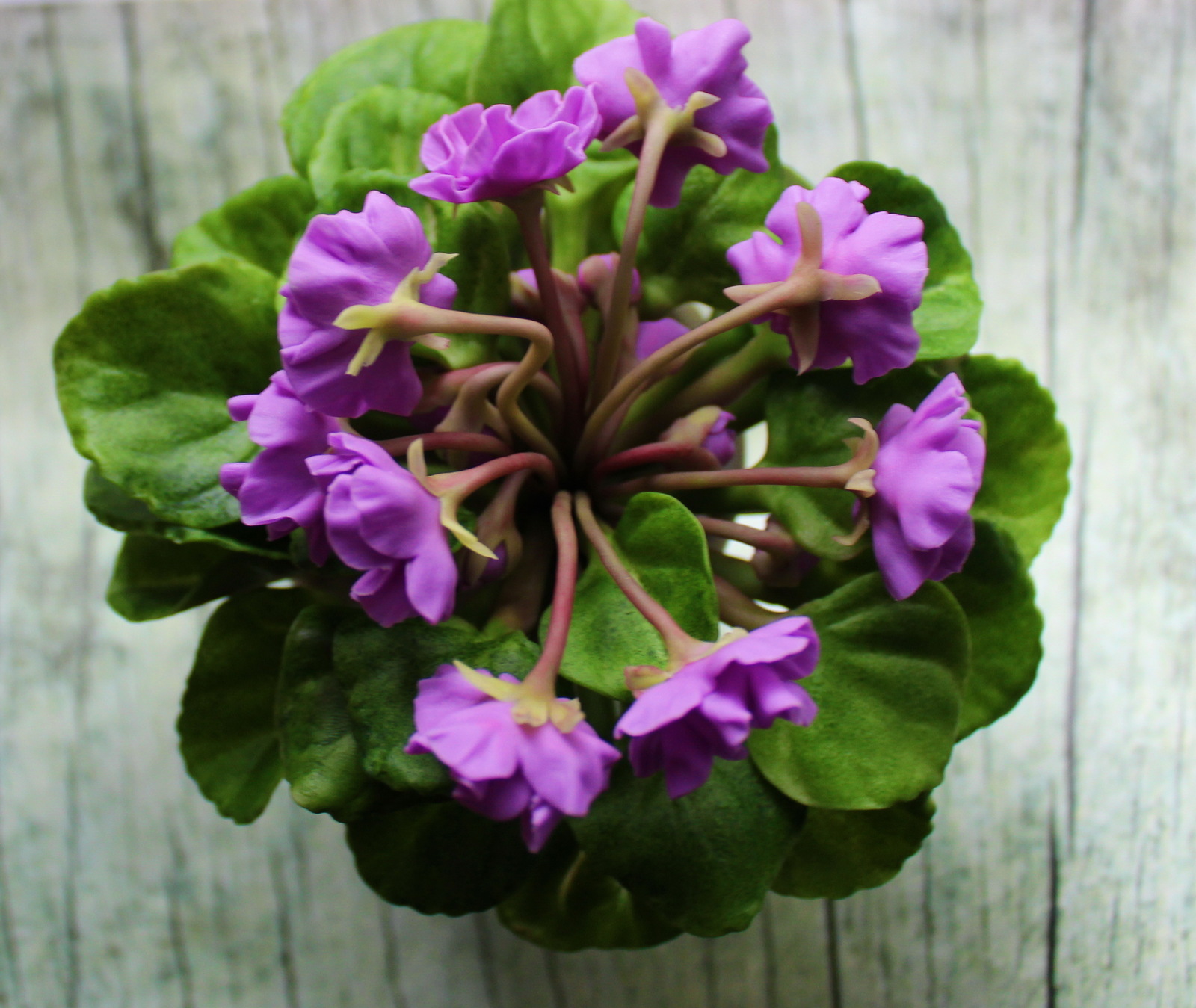
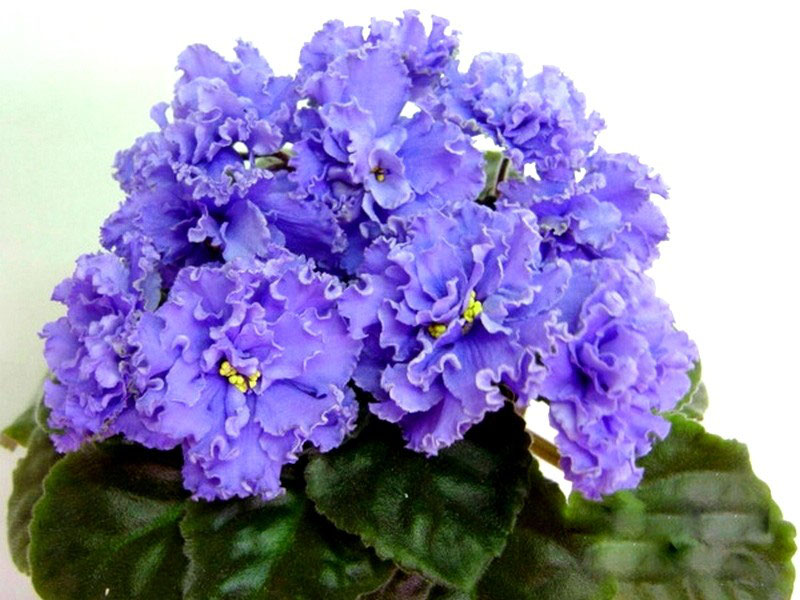


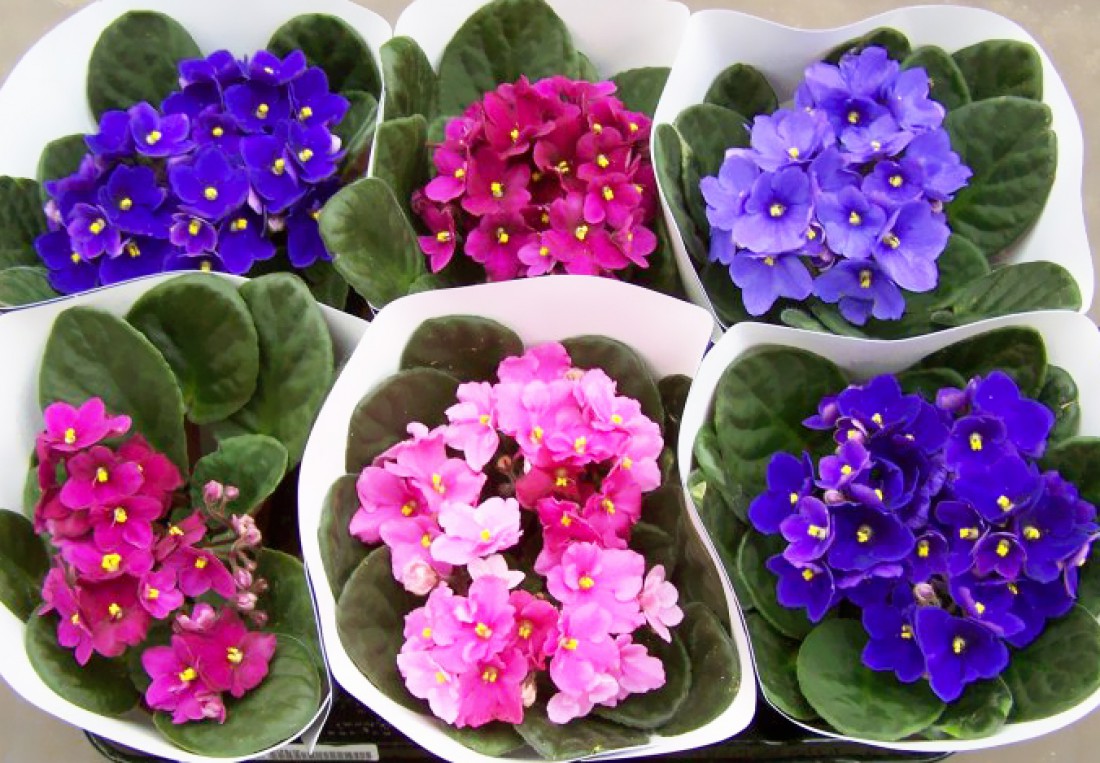
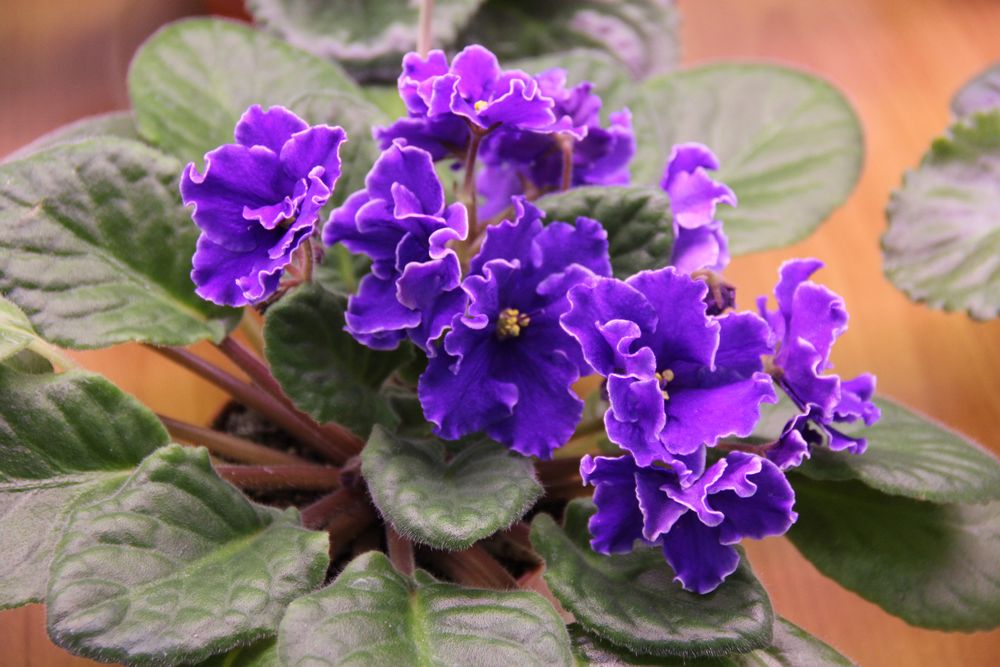
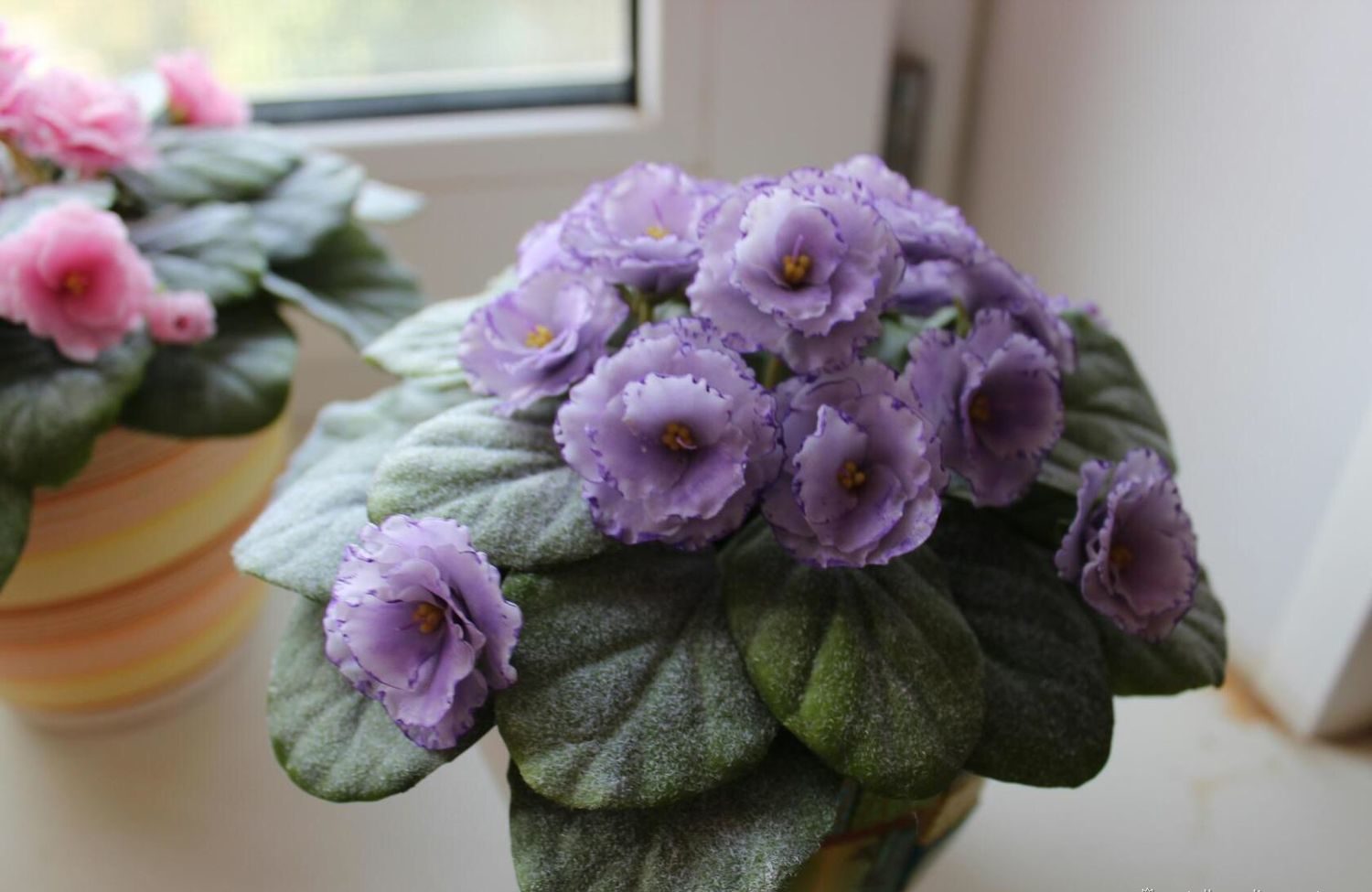
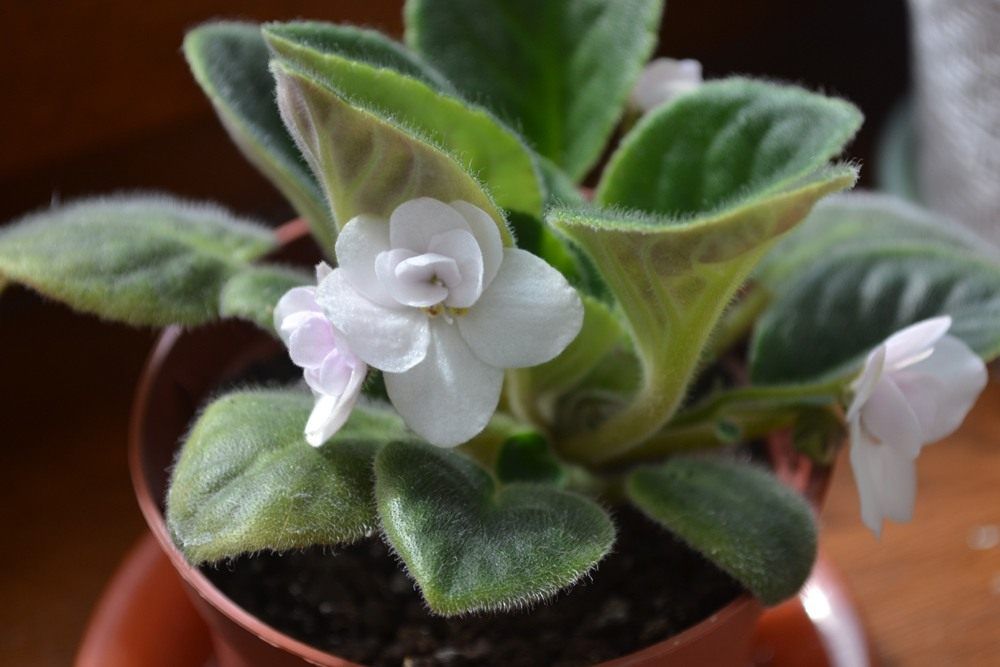
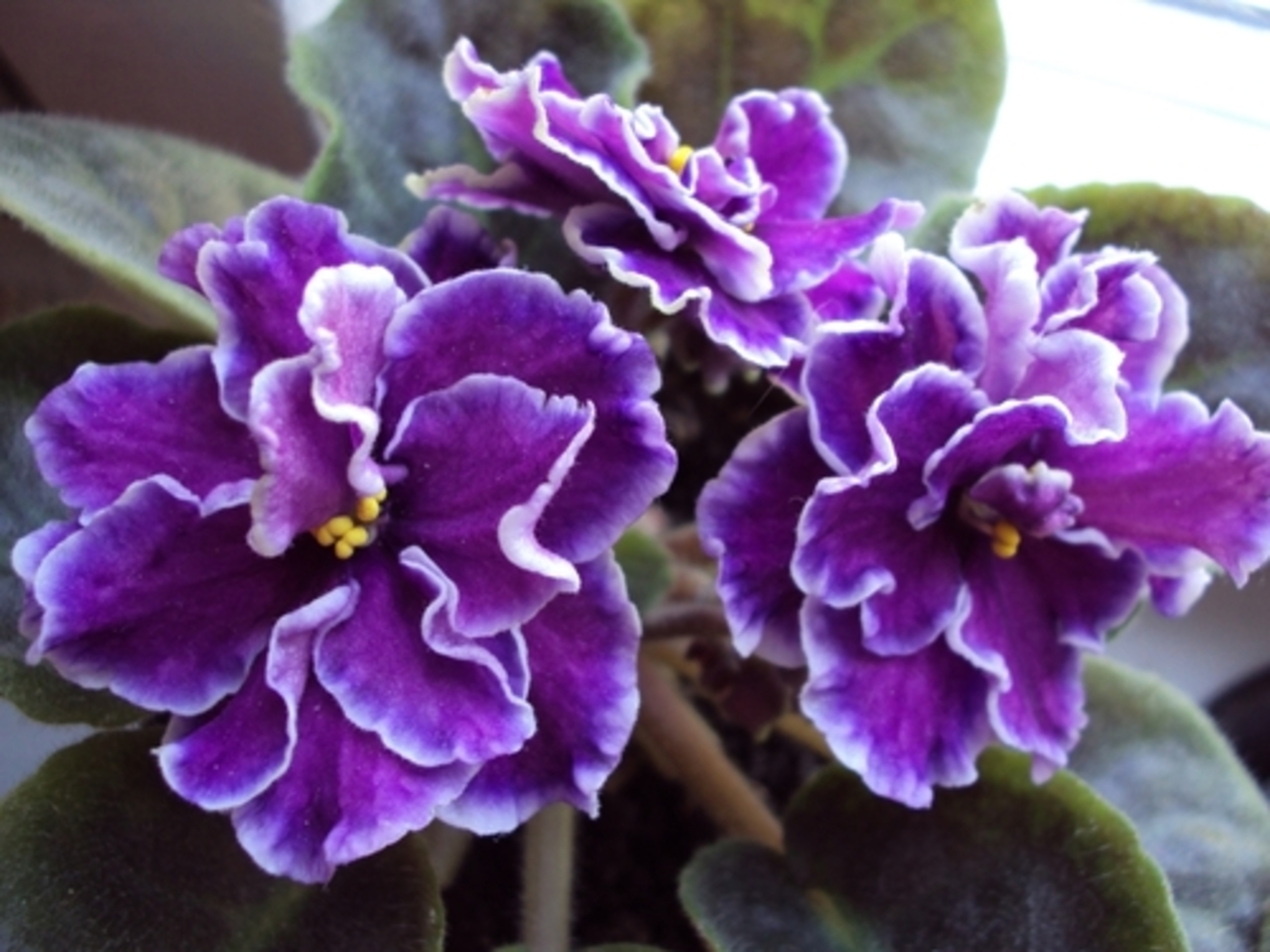
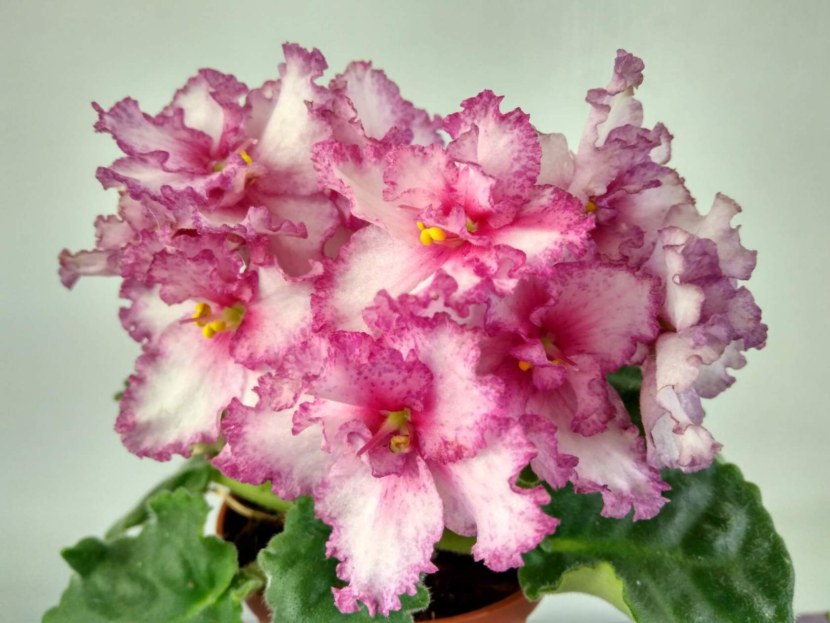
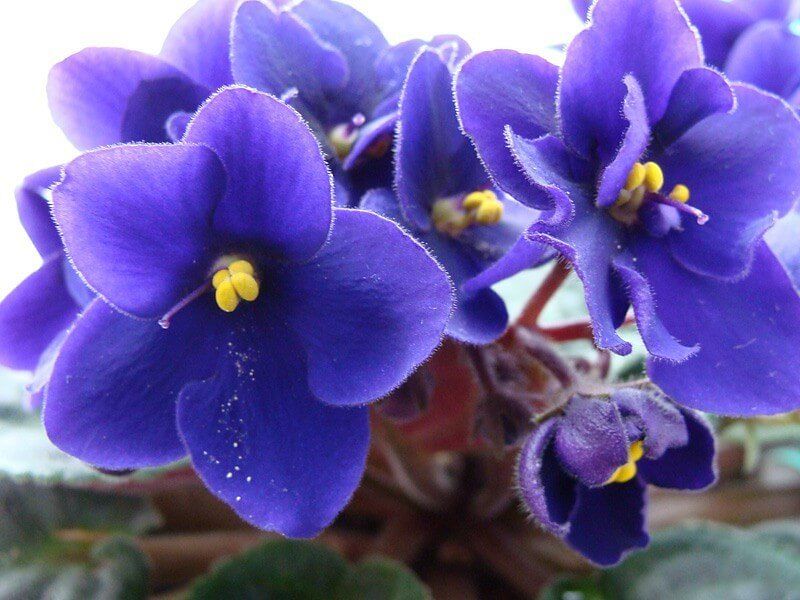



 Sow in the ground, without seedlings: 10 beautiful and unpretentious flowers
Sow in the ground, without seedlings: 10 beautiful and unpretentious flowers Platicodon planting and outdoor care
Platicodon planting and outdoor care Hosta - planting and care in the open ground in the Urals
Hosta - planting and care in the open ground in the Urals Oleander - care and growing at home
Oleander - care and growing at home